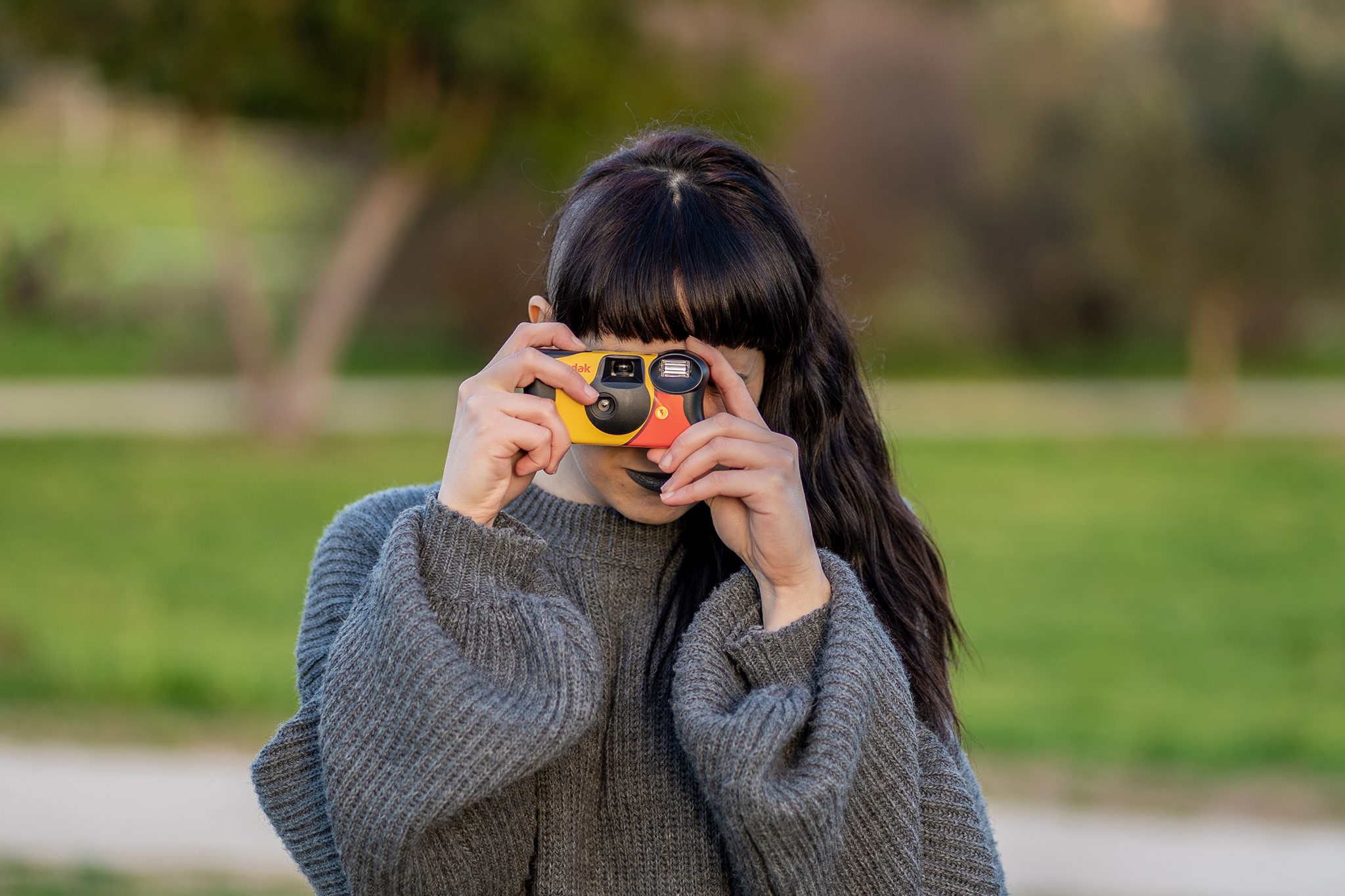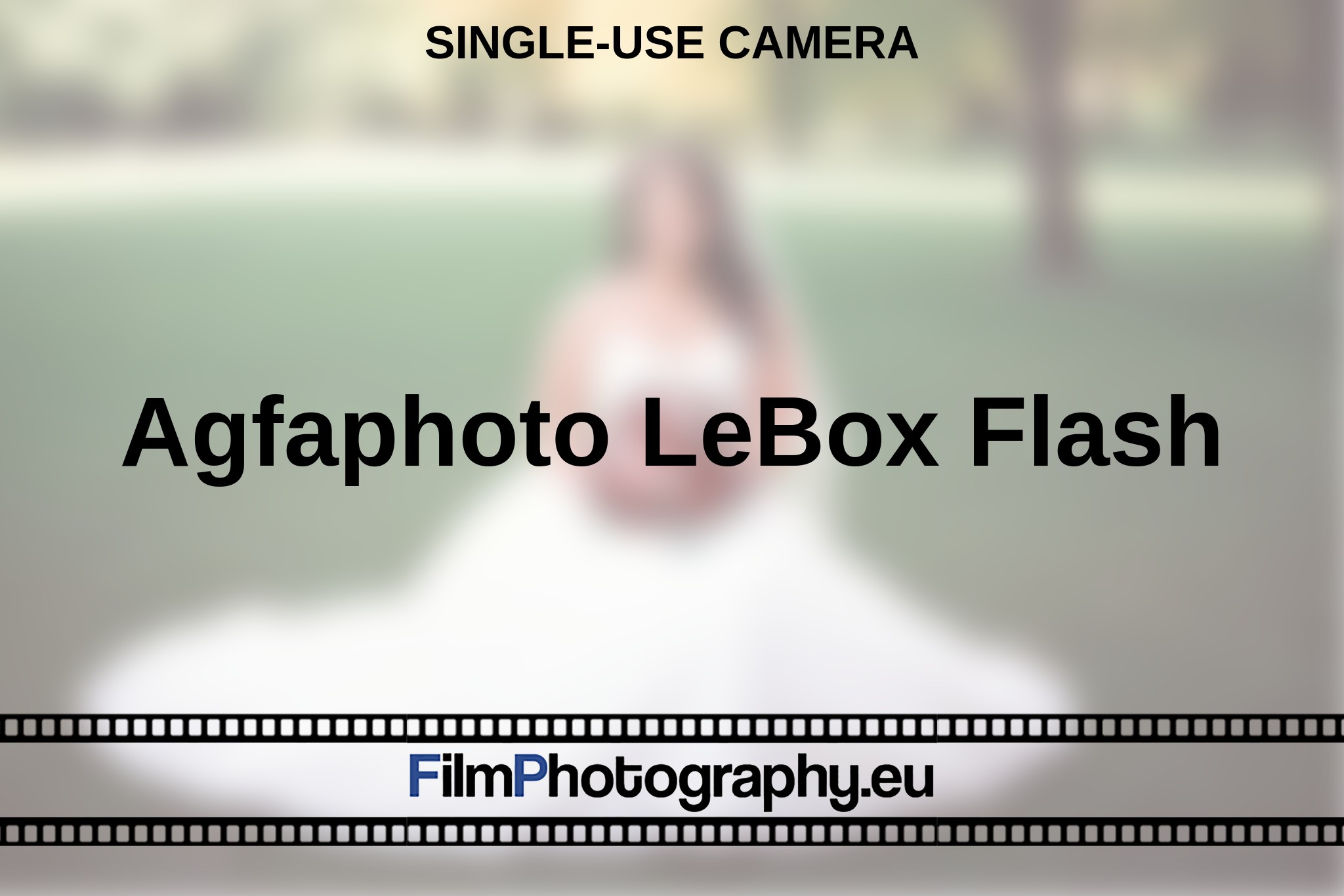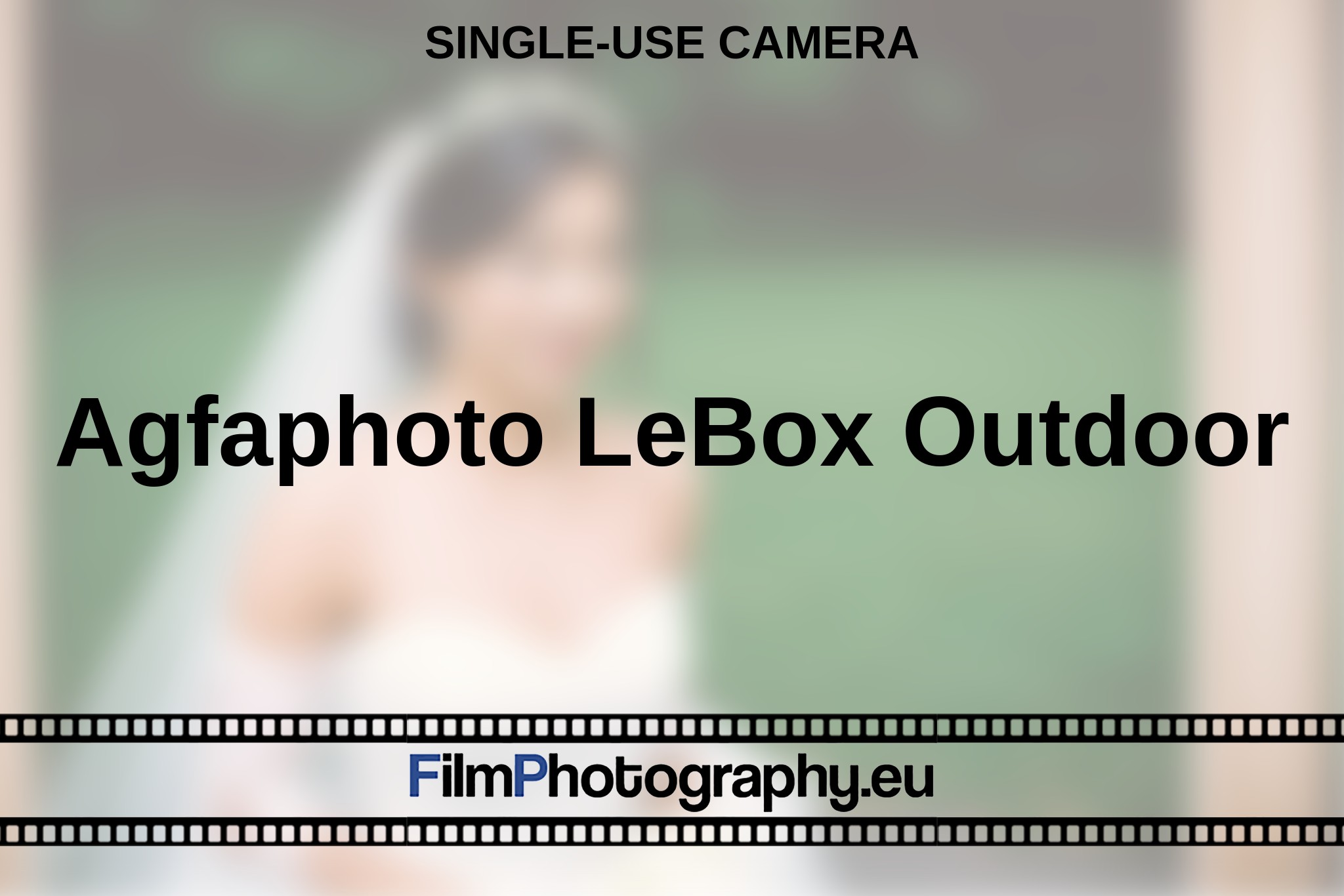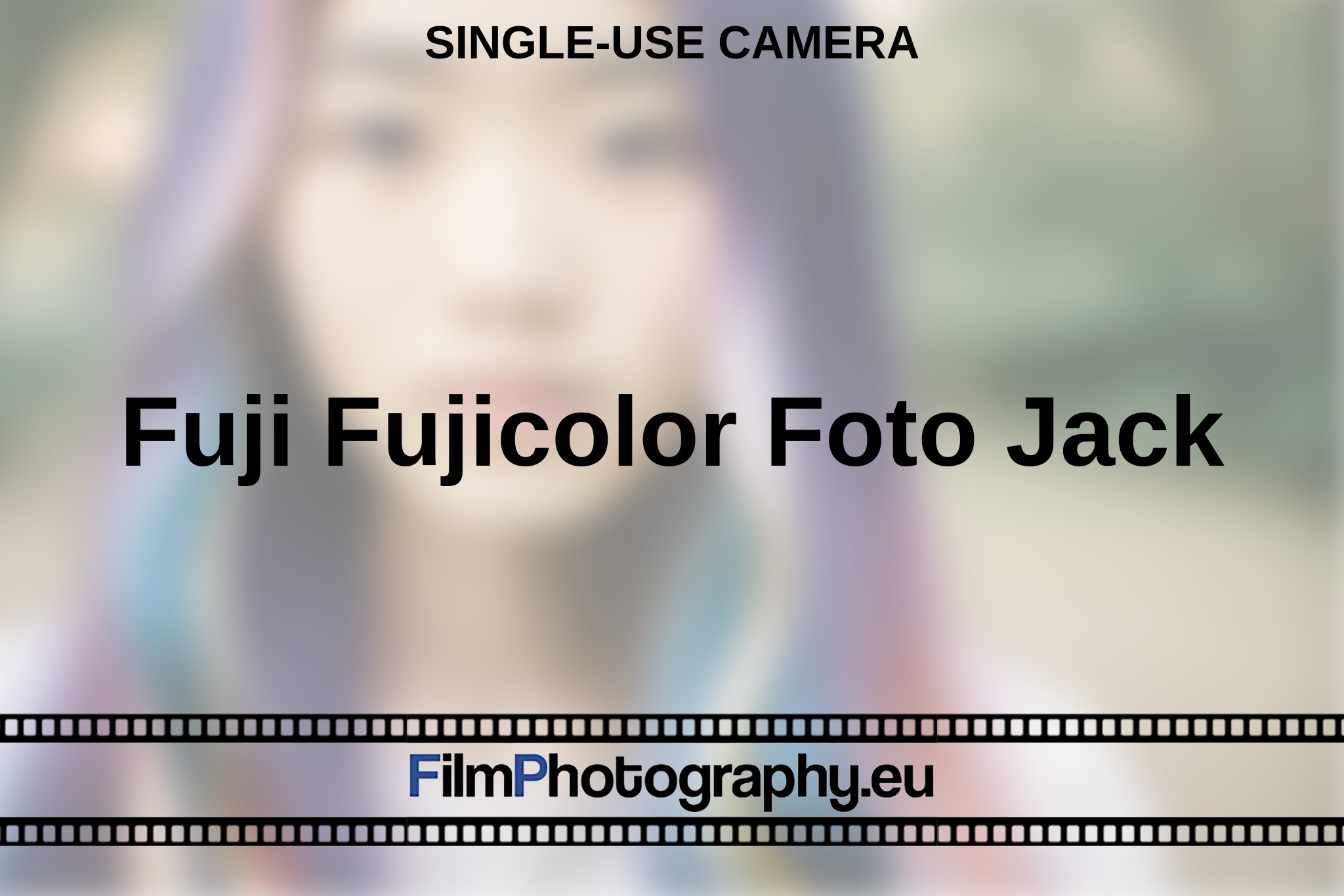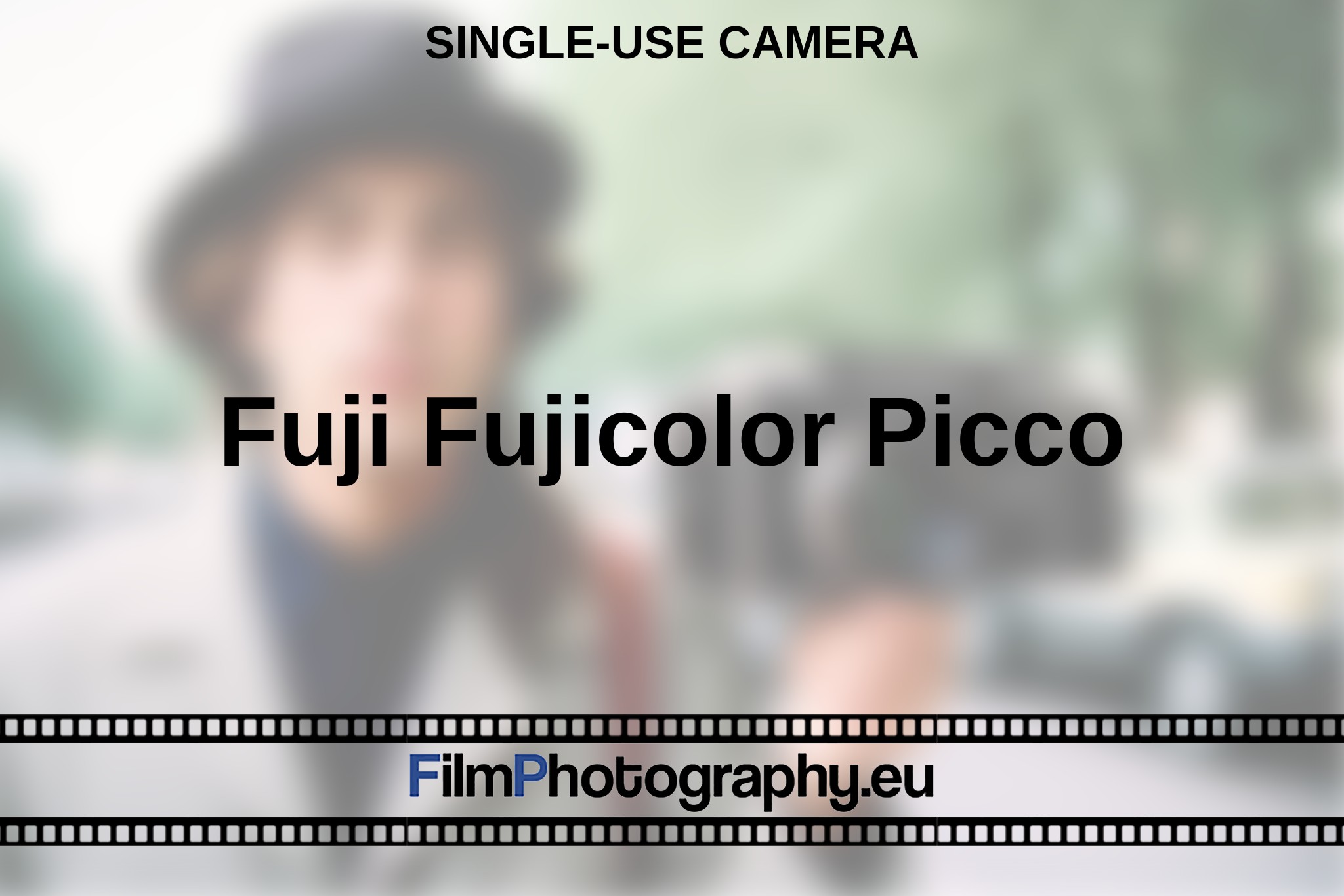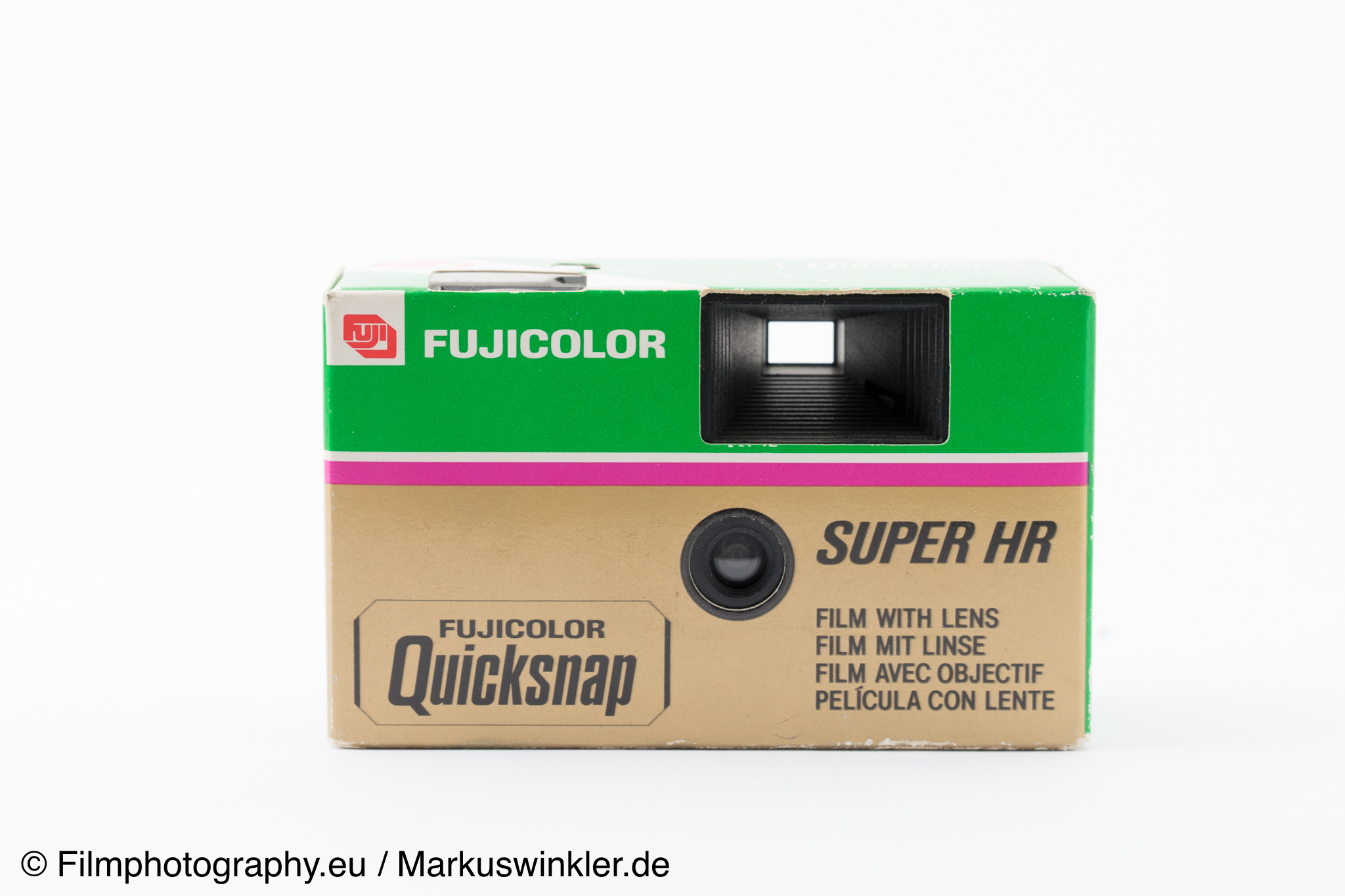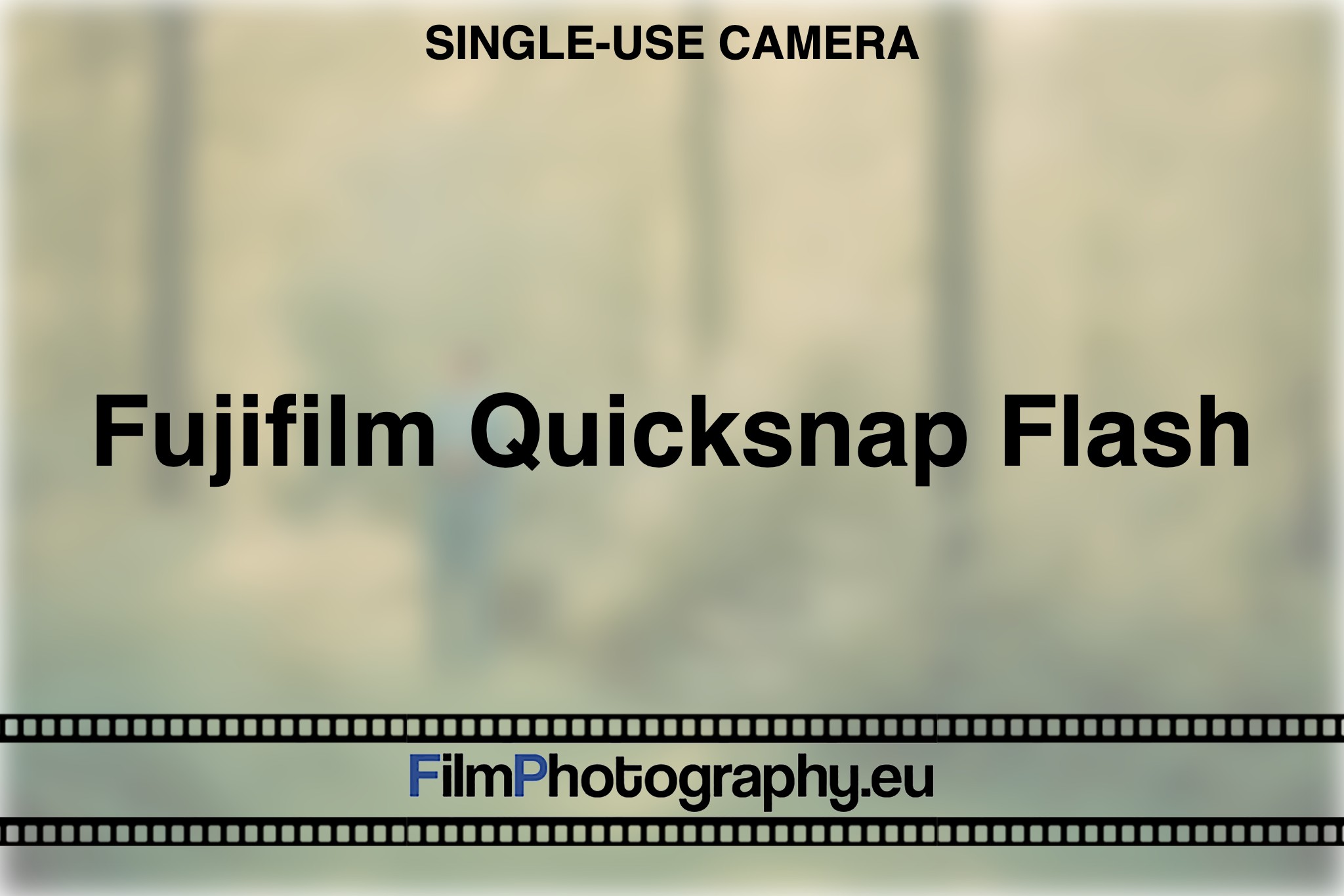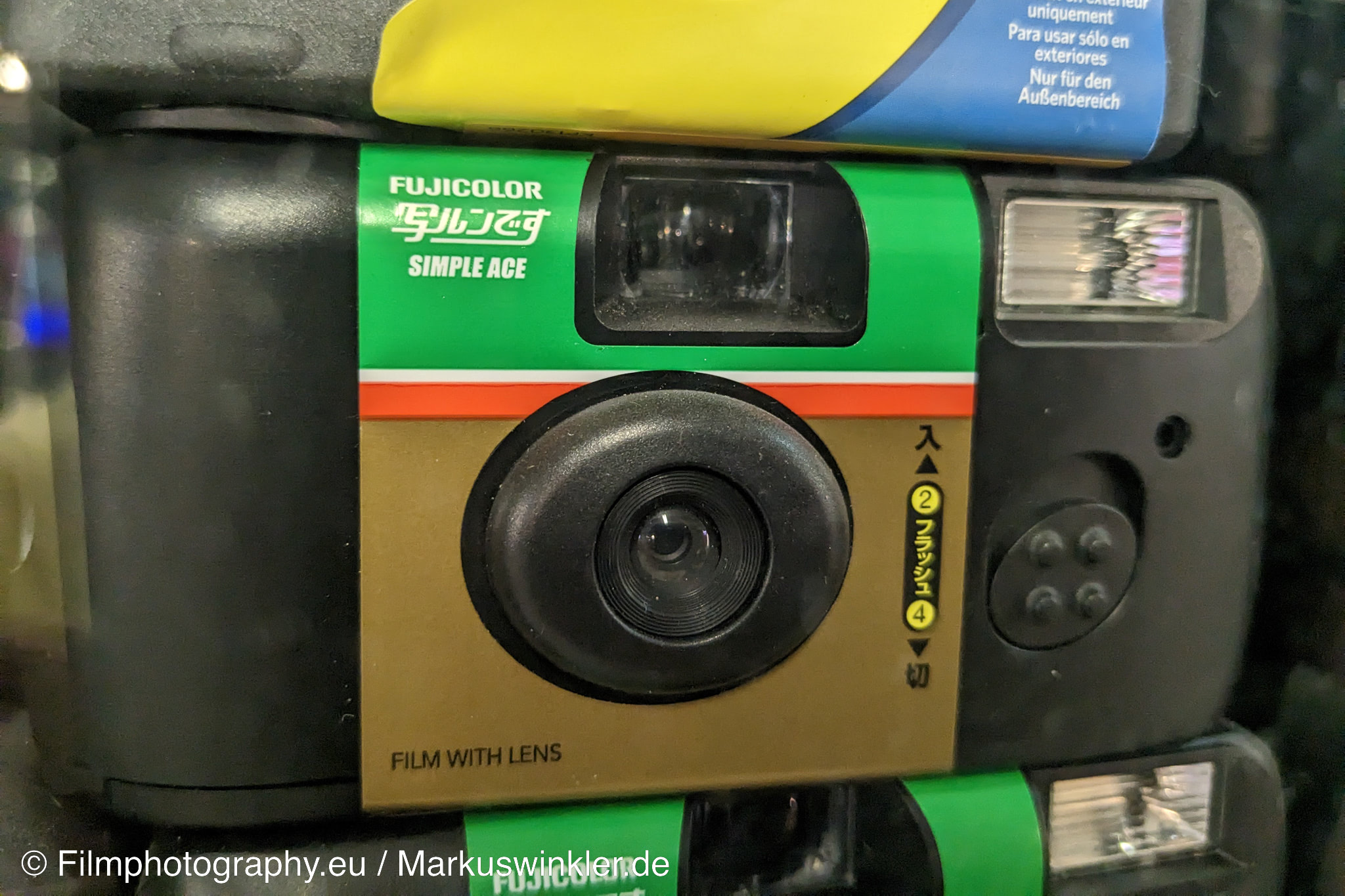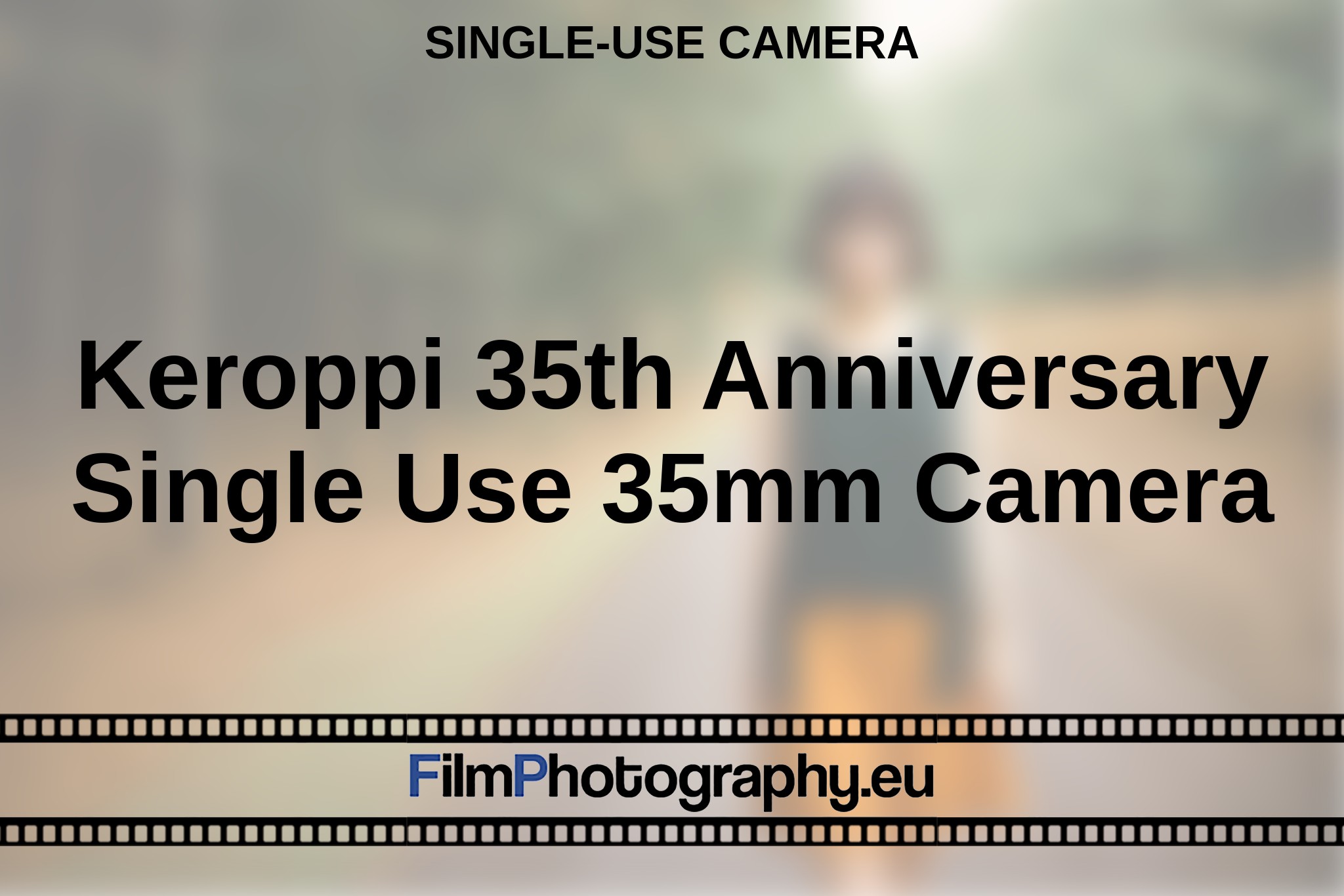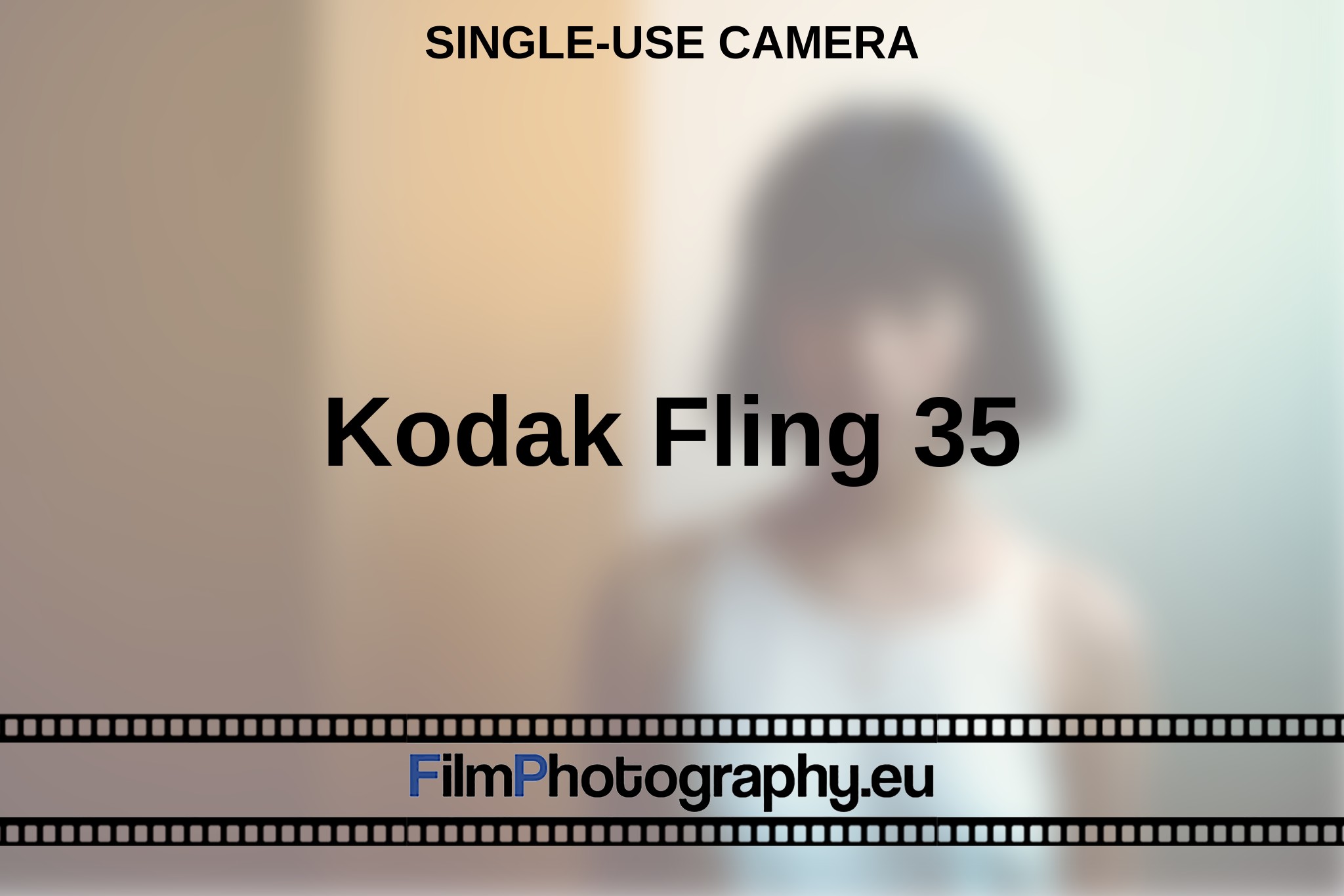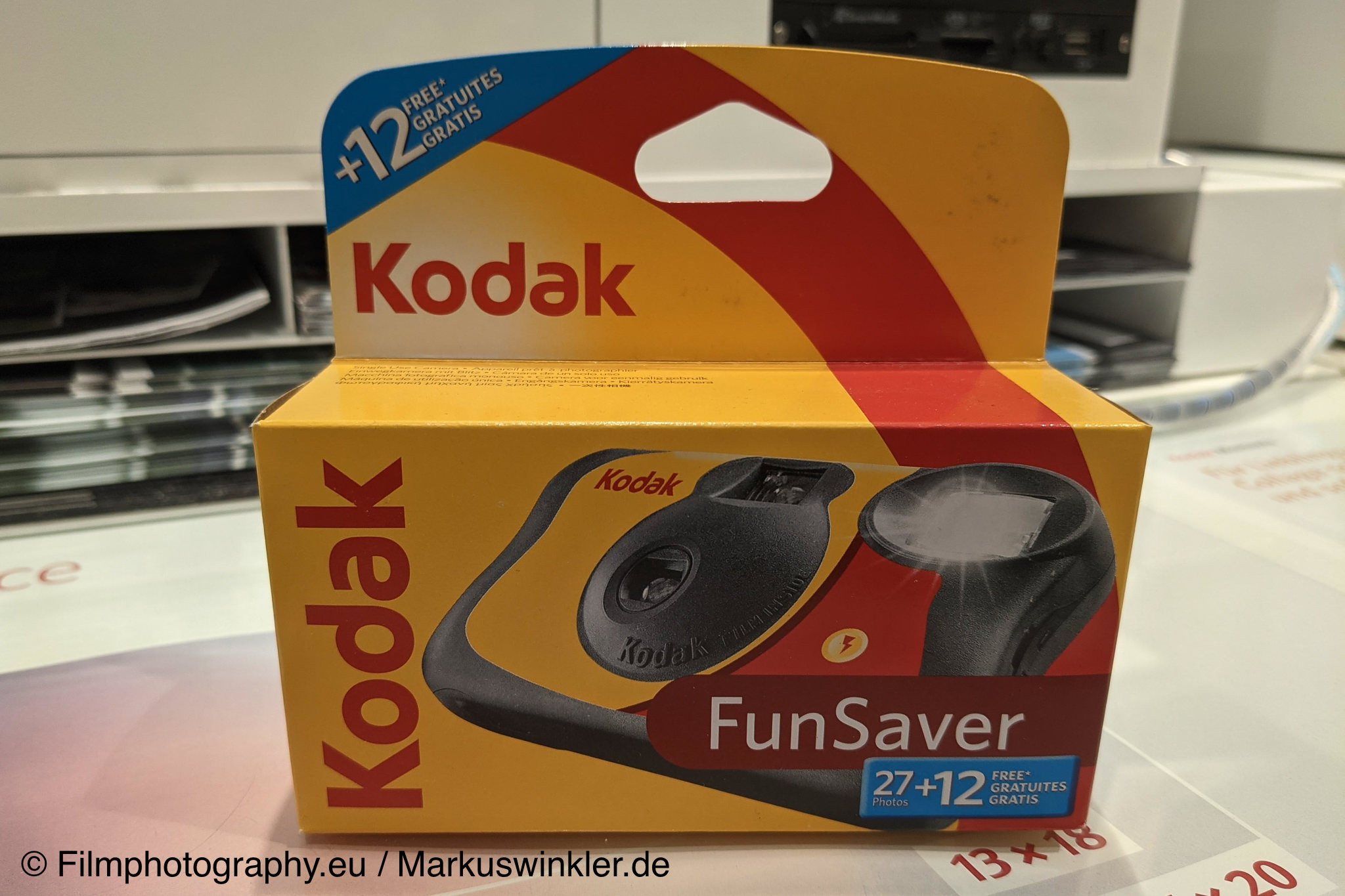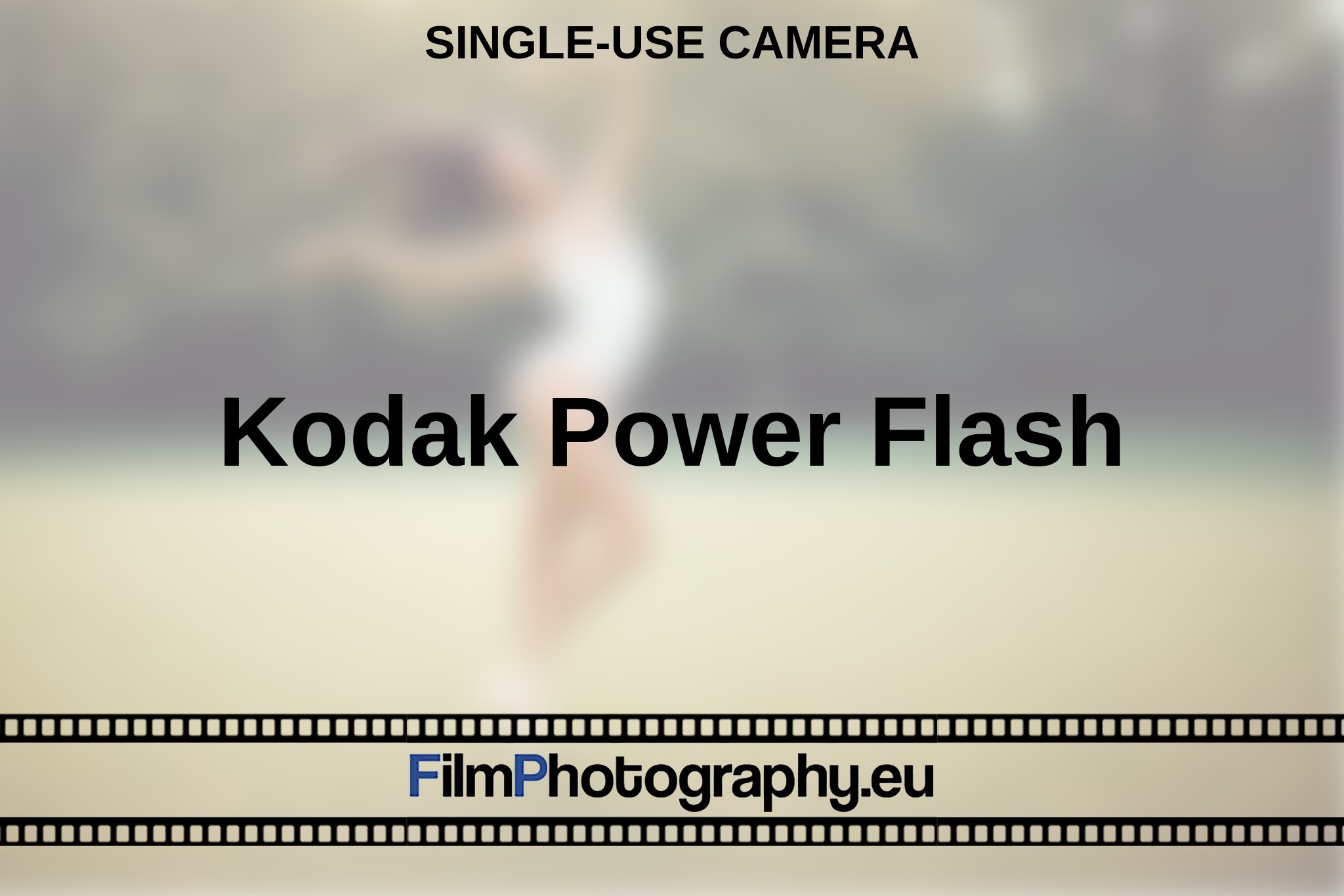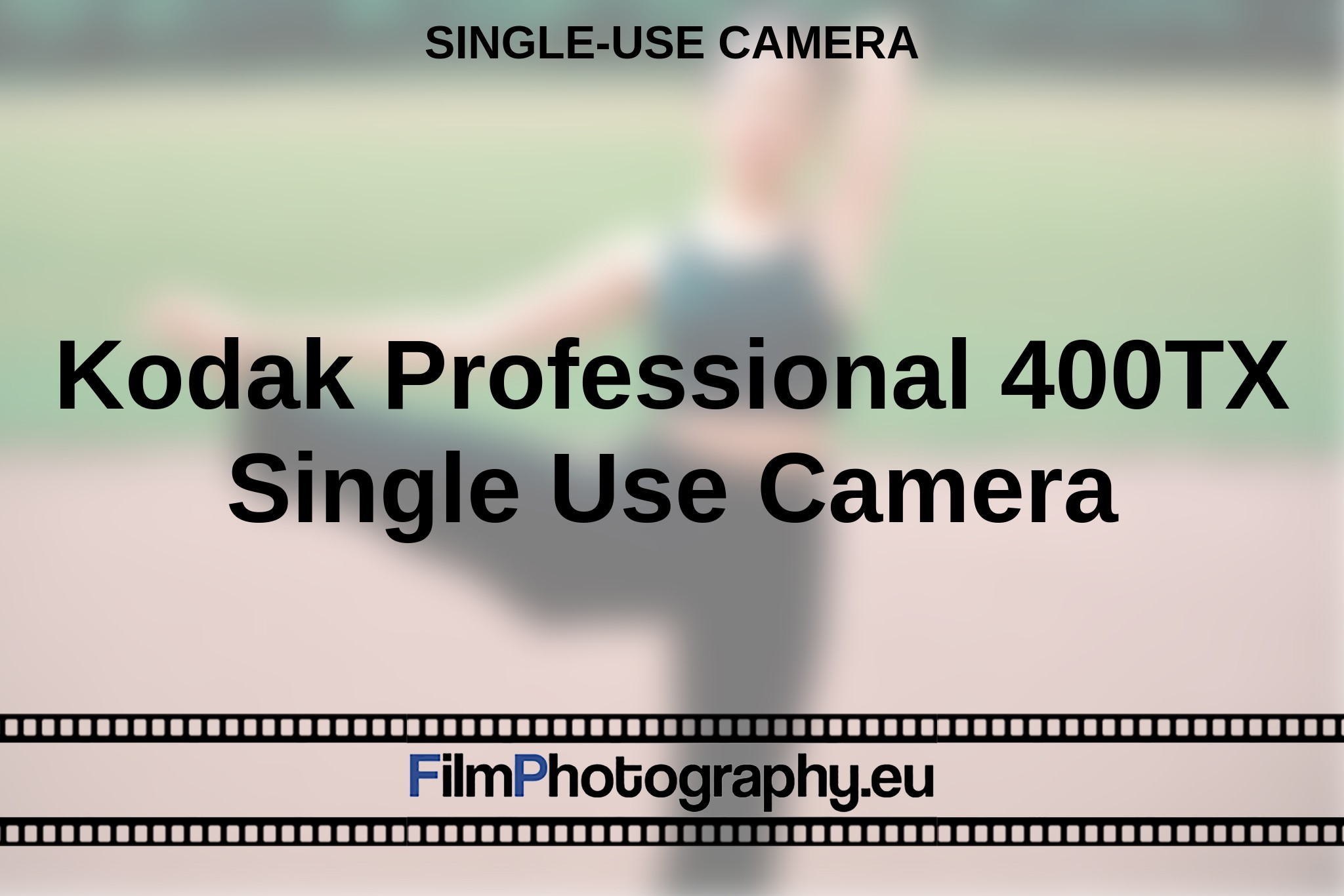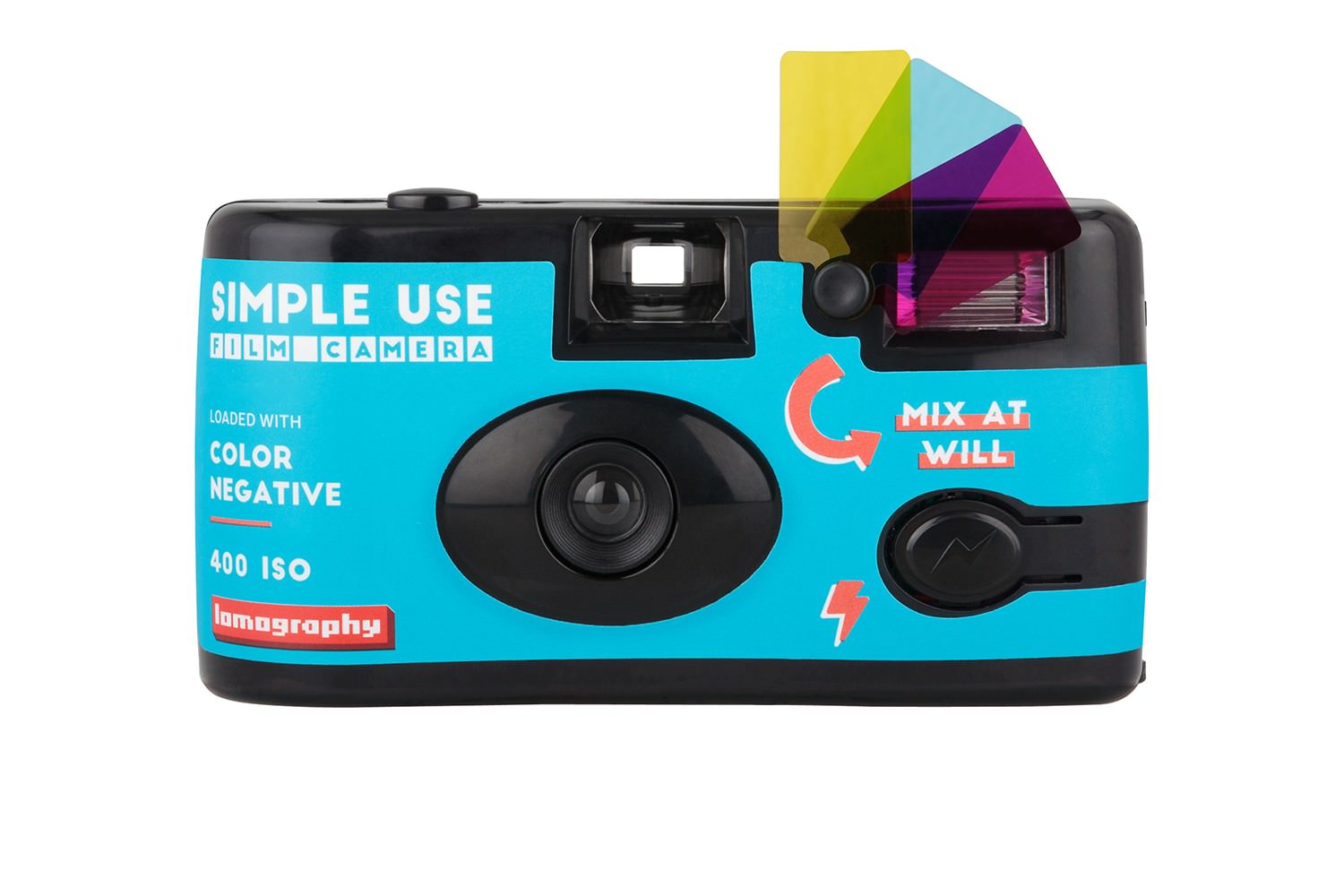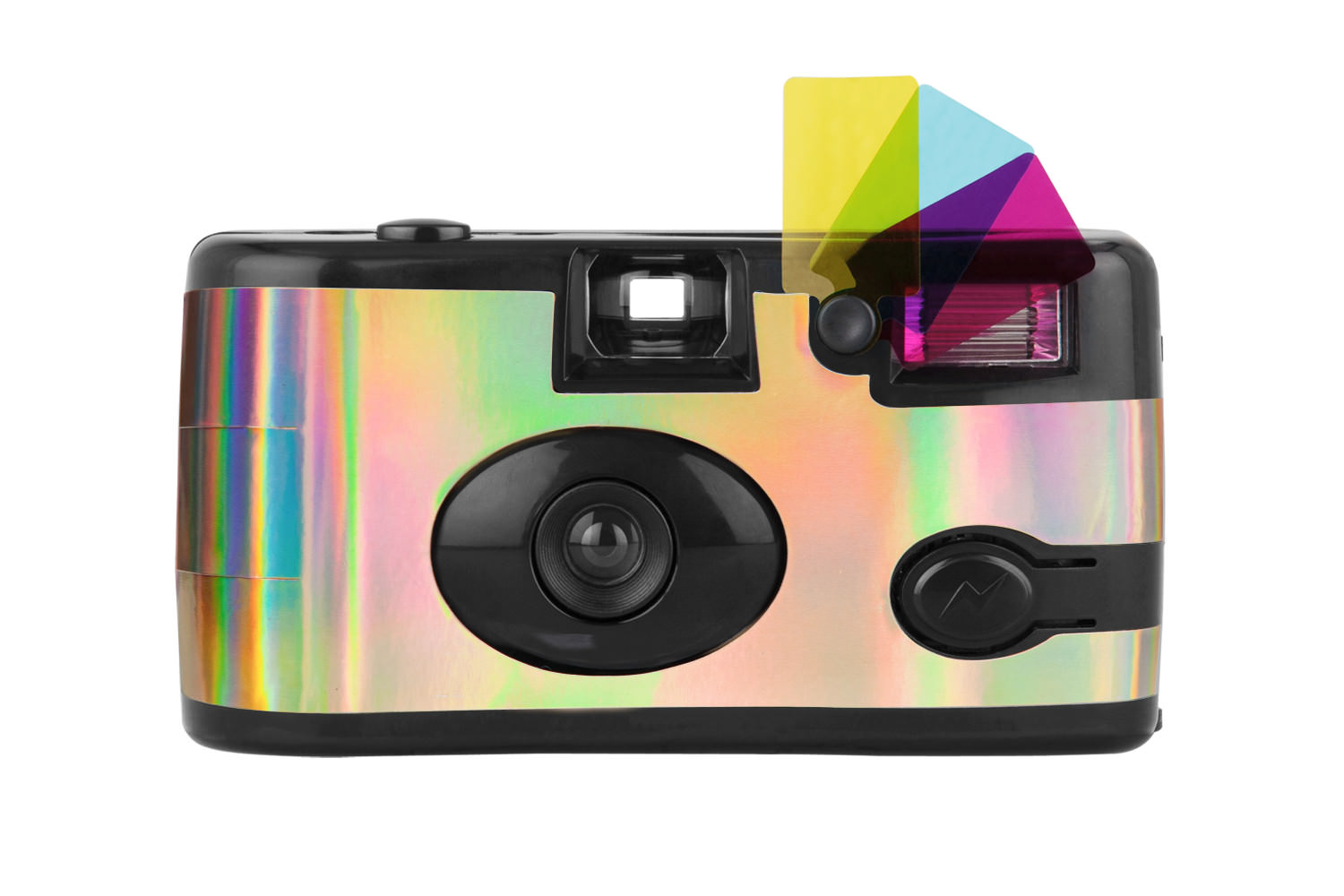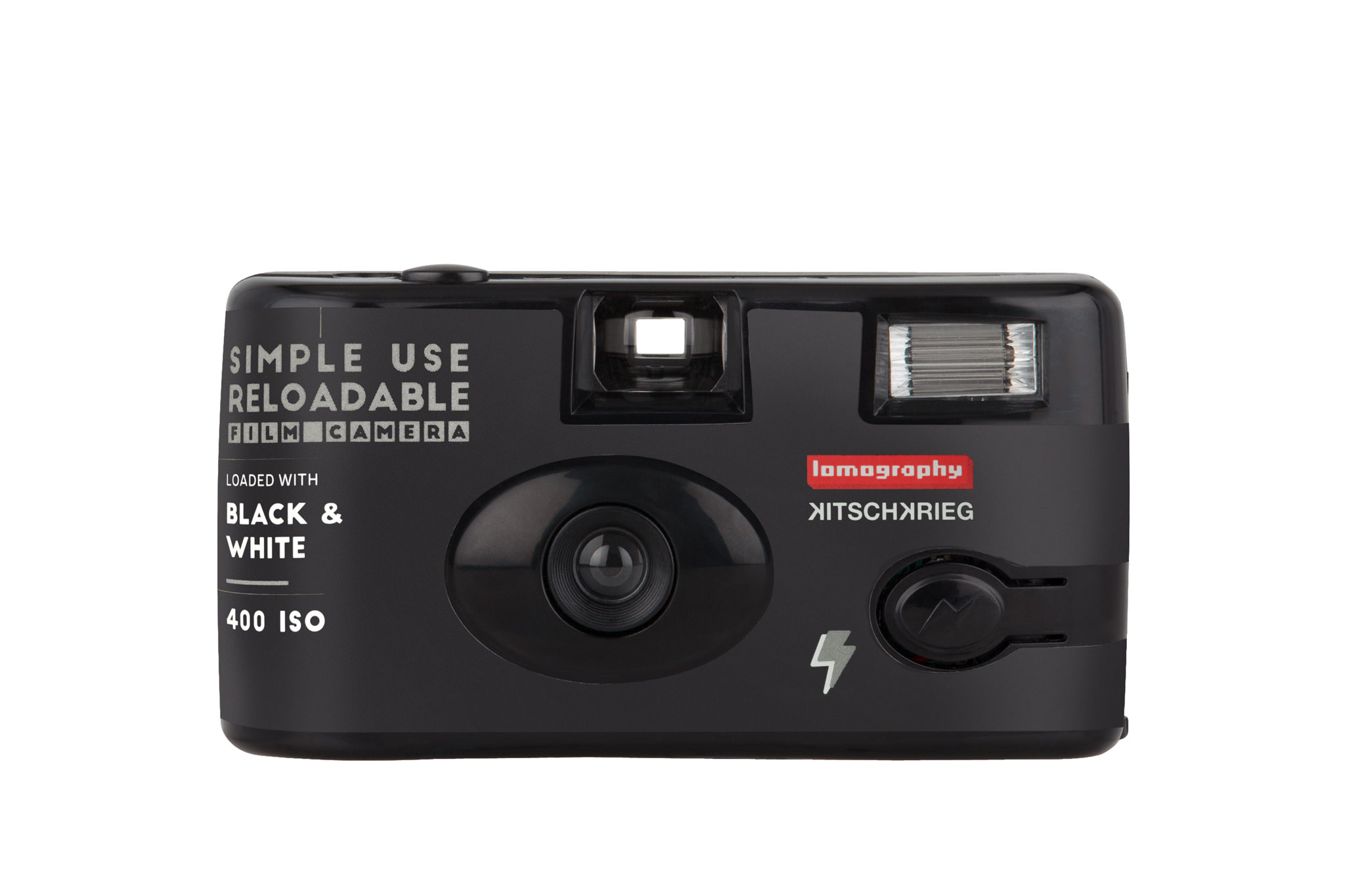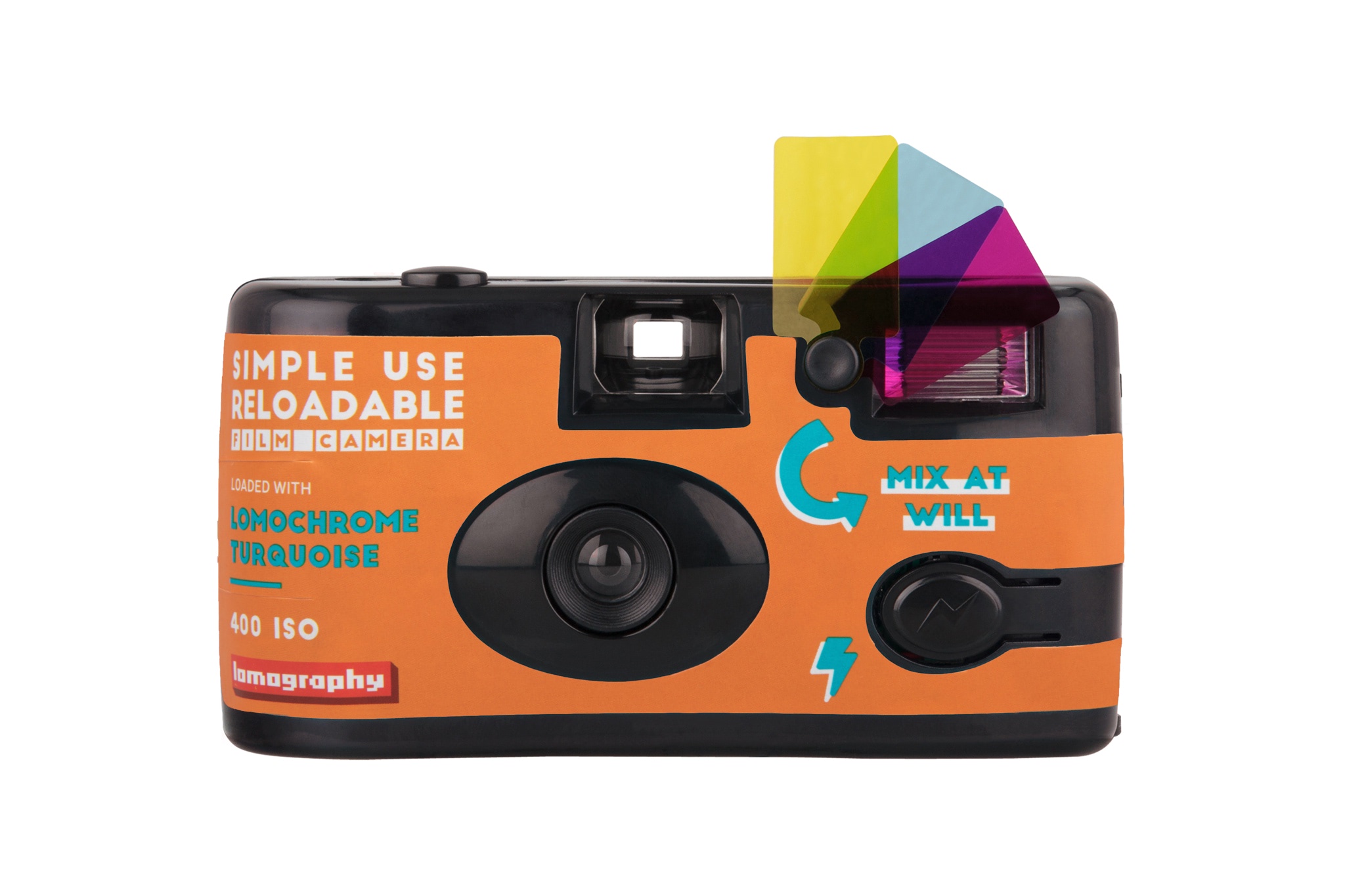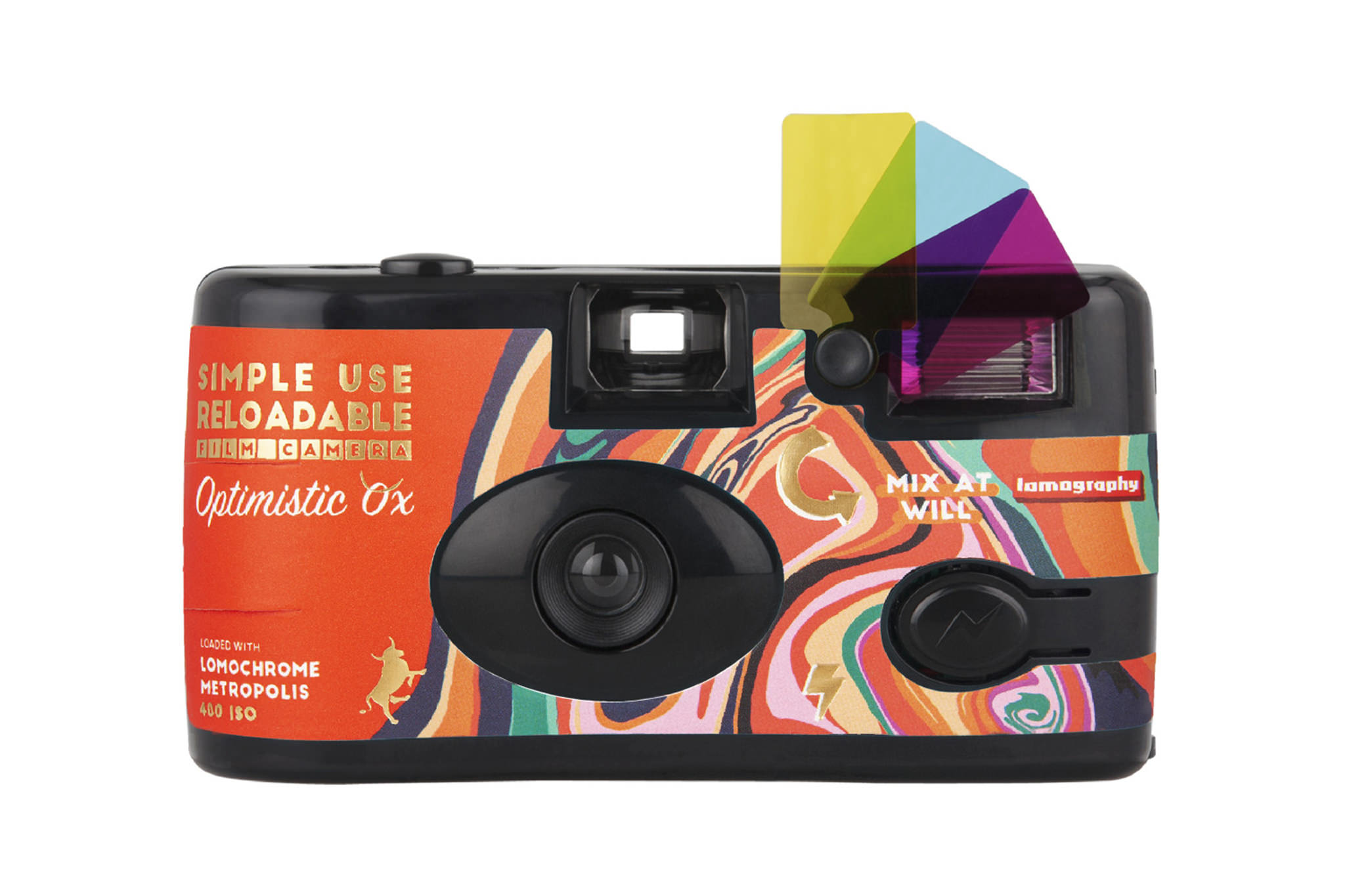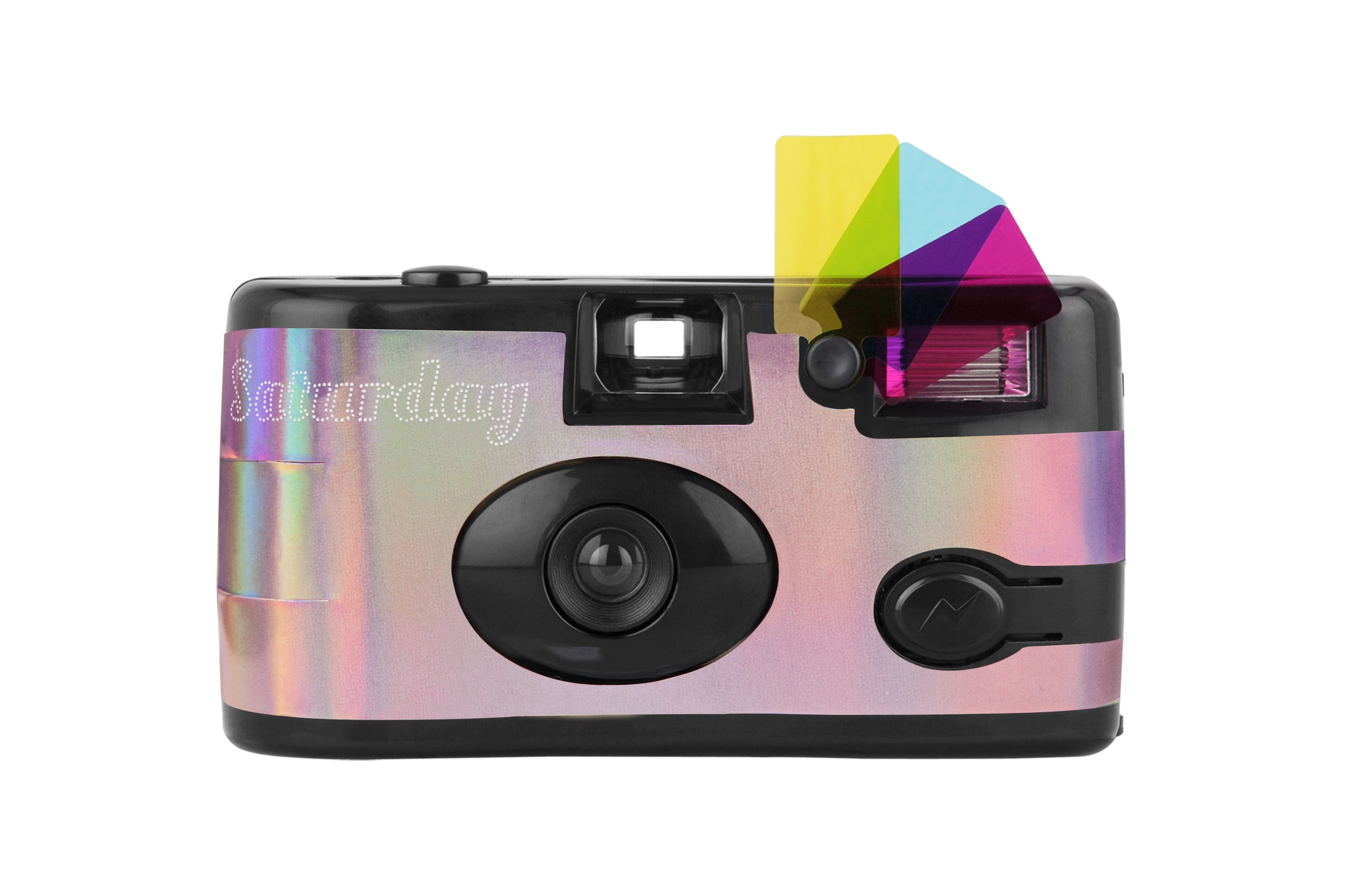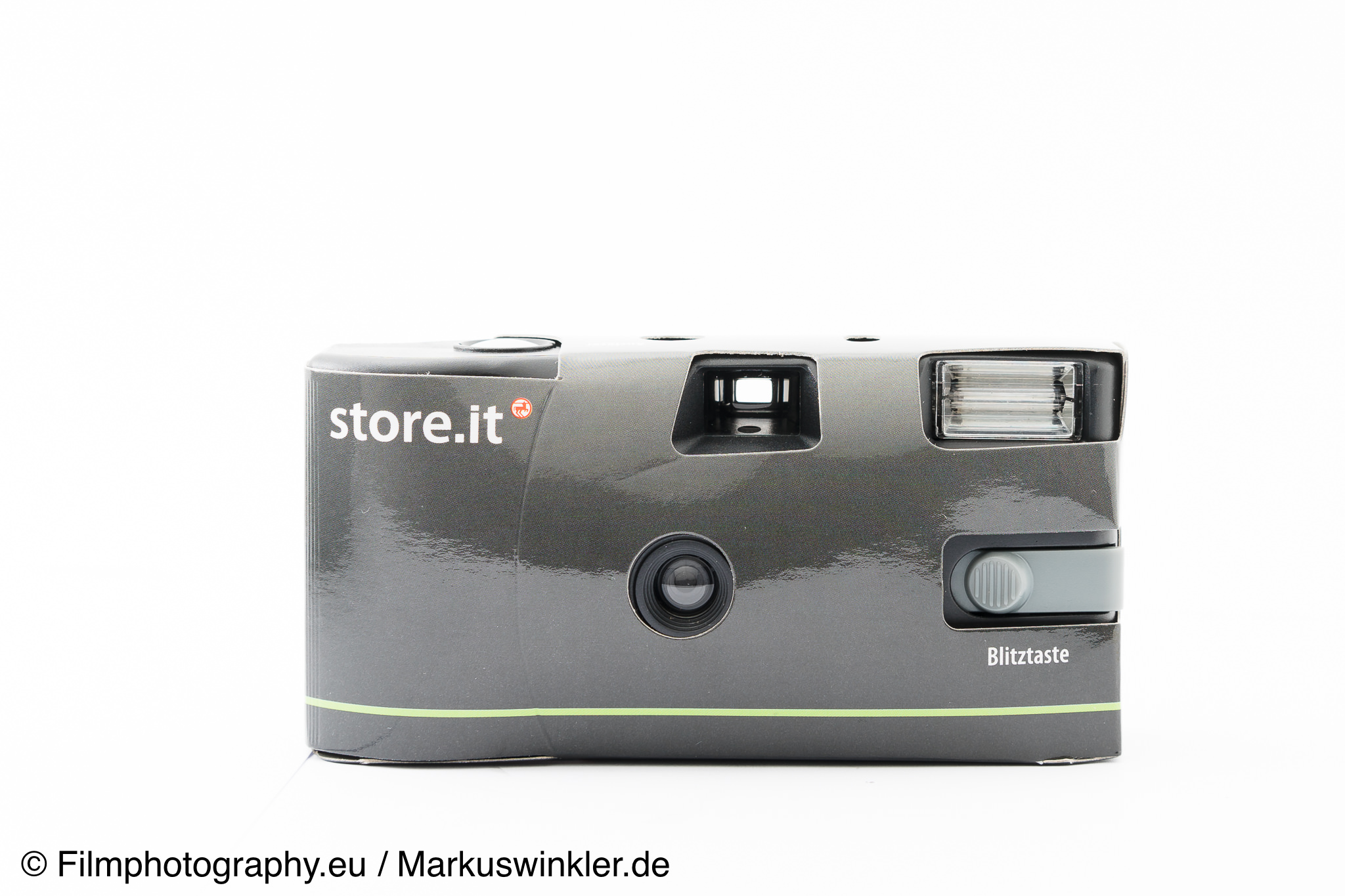A disposable camera is a genre of camera intended for one-time use. For this reason, they are quite simple in design. Most models come with a fixed lens and a plastic body. Some are equipped with a built-in flash. Some camera can also be used for diving.
Inside a disposable camera is normal film. This is rewound in most models, after each exposure back into a cartridge. After exposing the inserted film, the camera must be taken to a laboratory for development. There, the film is removed, the film material is developed and the negatives are returned. The camera body is either disposed of or used again.
History of disposable cameras
The first camera to take advantage of this principle was the Kodak from the then fairly young Kodak Company in 1888. The box camera, developed by George Eastman, was loaded with a roll of film for 100 exposures. After filling the film, customers had to send in the camera and received the pictures and the camera back with a fresh film.
Over the decades, disposable cameras were introduced from time to time, but could not really catch on. It was not until 1986 that the Japanese company Fujifilm achieved a breakthrough. With the Utsurun-Desu or QuickSnap, a disposable camera for 35mm film, as we still know it today, was introduced. One copy cost 1380 yen at the time and was a big seller.
Not long later, Canon, Nikon, Konica and Kodak also tried their hand at similar models. In 1987, Kodak introduced the Fling for 110 pocket film. Then in 1988, a 35mm version was introduced and renamed the FunSaver a year later. In 1989, the Kodak Fling was discontinued.
To remain competitive, Fuji introduced advanced features to its original model, such as panoramic photography, waterproofing, and the addition of a flash. Some cameras even had a manual zoom function that worked by moving two lenses in front of the shutter.
Why were disposable cameras so popular? At the time, it was not yet common for everyone to have a camera, as it is today in the age of smartphones. Disposable cameras offered a way to take pictures for quite little money. They were sold at tourist hotspots, for example. They were also widely used in first aid kits in cars to document the situation in pictures for the insurance company in the event of an accident.
Weddings were and are also a popular area of use. Due to the simplicity of disposable cameras, basically anyone can take pictures with them.
Disposable cameras are still manufactured today and can also be developed without problems in most photo labs.
